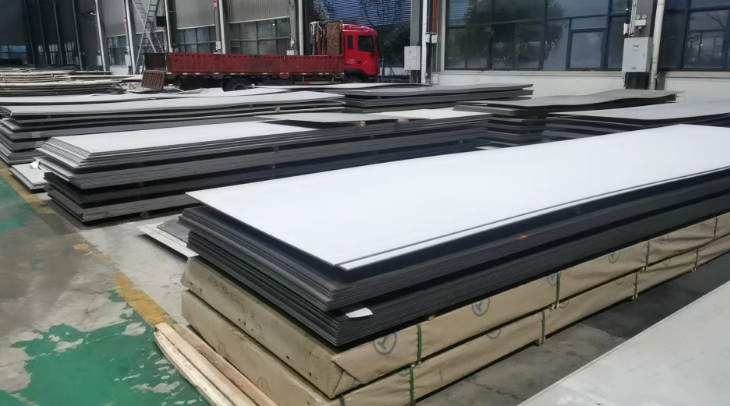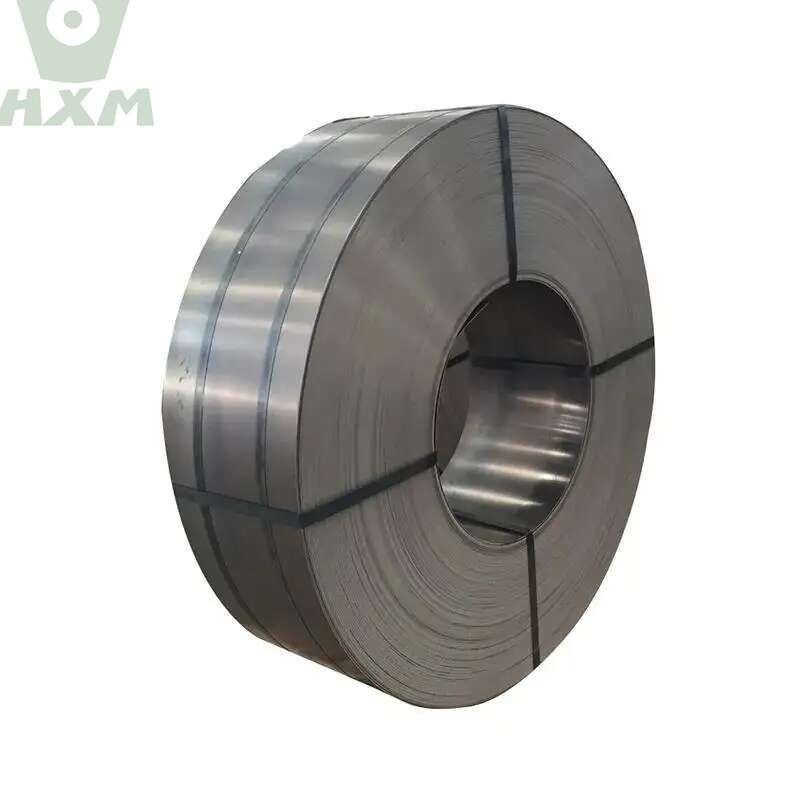As an important and commonly used metal material, carbon steel plays a vital role in modern industry. According to its carbon content, carbon steel can be divided into low carbon steel, medium carbon steel and high carbon steel. Although these three types of carbon steel are both iron-carbon alloys, they have significant differences in performance and use. So, mild steel vs medium carbon steel vs high carbon steel: What’s the difference in use?

Mild Steel vs Medium Carbon Steel vs High Carbon Steel: What Are the Differences in Use?
First, let’s talk about low-carbon steel. In terms of material composition, low-carbon steel typically has a carbon content of less than 0.25%. Due to its low carbon content, it exhibits relatively low strength and hardness but boasts excellent toughness, workability, and weldability. These properties make low-carbon steel widely applicable in various fields.
In mechanical manufacturing, low-carbon steel is often used to produce mechanical parts that do not require high strength or hardness but require good plasticity and toughness, such as screws, nuts, washers, etc. Additionally, through carburizing and other heat treatments, low-carbon steel can also be used to manufacture wear-resistant mechanical parts like chains and axles.
Next, we have medium-carbon steel. Its carbon content ranges from 0.25% to 0.60%, giving it relatively high strength and hardness along with a certain degree of toughness and plasticity. However, medium-carbon steel has poor hardenability, prone to cracking, and its welding performance is not high. Therefore, proper preheating before welding and post-weld heat treatment are necessary.
In mechanical manufacturing, medium-carbon steel can achieve high strength, hardness, wear resistance, and a certain level of toughness through appropriate heat treatment. It is suitable for manufacturing high-strength moving parts, such as pump pistons, steam turbine impellers, shafts, worms, gears, and other heavy-duty machinery components.
Lastly, we come to high-carbon steel. Its carbon content is typically above 0.60%, imparting extremely high hardness, strength, and good machinability. However, this high carbon content also results in relatively poor toughness and plasticity.
In mechanical manufacturing, high carbon steel can obtain extremely high hardness and wear resistance after quenching and low-temperature tempering, and is suitable for manufacturing mechanical tools that can withstand extreme pressure and friction. Such as drills, taps, reamers and other cutting tools. In addition, through quenching and tempering, high carbon steel can also be used to make large wear-resistant tools such as hammers and crowbars.
Conclusion
In short, low carbon steel, medium carbon steel and high carbon steel have different properties and uses due to their different carbon contents. In practical applications, it is necessary to select appropriate carbon steel materials based on specific working conditions and performance requirements to give full play to its performance advantages and meet engineering and production needs.
Why Choose Huaxia Steel?
Thank you for reading our article and we hope it can help you to have a better understanding of the differences in use between mild steel vs medium carbon steel vs high carbon steel. If you are looking for suppliers and manufacturers of mild steel, medium carbon steel and high carbon steel, we would advise you to visit Huaxia Steel.
As a leading supplier of carbon steel from Shanghai China, Huaxia Steel offers customers high-quality mild steel, medium carbon steel, and high carbon steel at a very competitive price.








